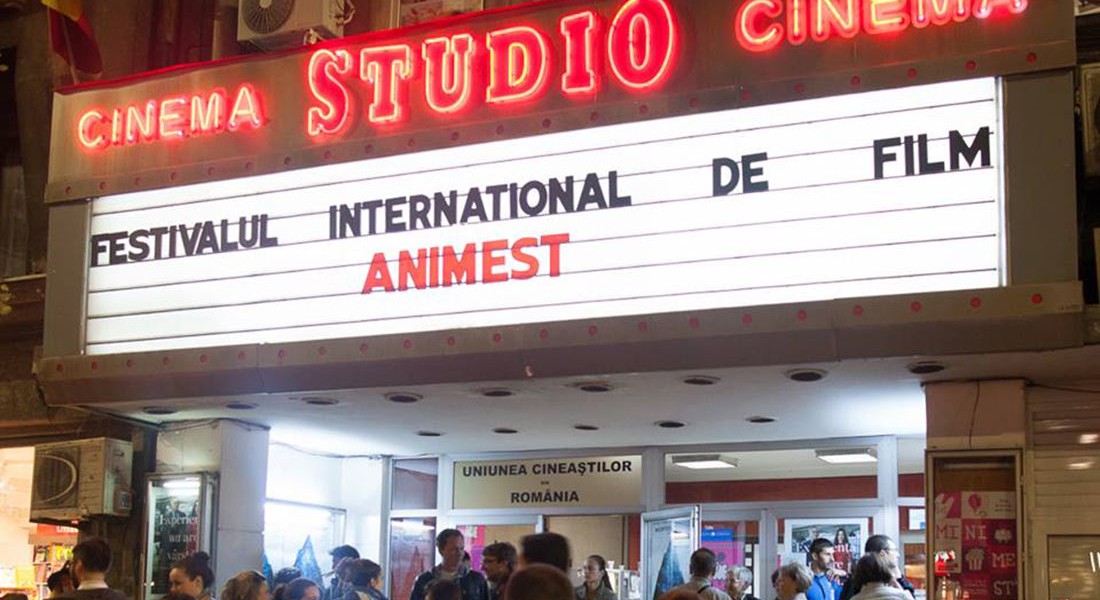
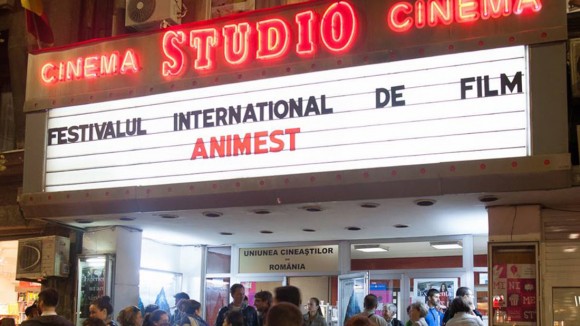
Festival Review: Anim’est 2015
Last month I traveled to Bucharest, Romania where I attended the Anim’est International Animation Film Festival.
Bucharest is a big city. A lot of other European festivals take place in small or medium-sized towns like AniFilm in Trebon, Czech Republic; Annecy in France; Animateka in Ljubljana; or the Holland Animation Film Festival in Utrecht. But at Anim’est you really feel you’re in a crowded, noisy, busy city. The streets are clogged with honking traffic; you have to be careful crossing the street, and the originally wide sidewalks have been claimed by parked cars.
But there are advantages to this, too. Unlike some of those other festivals, getting to and from the airport is a breeze. And there are always late-night food places and bars to be found outside of the festival bubble.
And it must be said that despite the challenges of a big city, the organizers manage to make the festival convenient by using venues that are mostly within a 10-minute walk of each other. If you want to see the old town, or any tourist sights, however, that’s at least a 40-minute walk away.
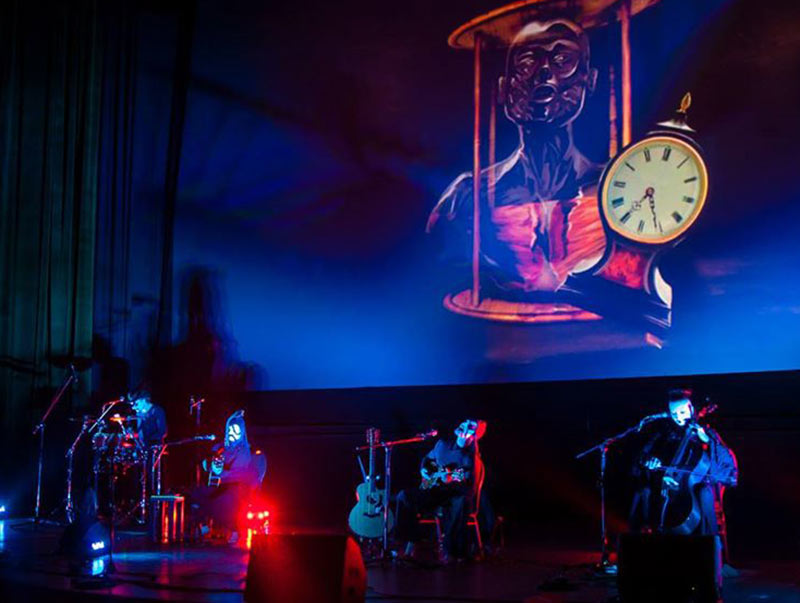
The festival is 10 days long, but most of the special guests and attending filmmakers arrived for the last three or four days. It appeared that the programming earlier in the event is slanted towards features – mainstream as well as art house. Most screenings took place in three cinemas, and it was nice that there wasn’t too much overlap in the programming schedule.
When I was picked up at the airport, I was happy to see that there were other filmmakers being picked up at the same time. Often the people you end up socializing with the most during your stay are the people you meet in the car, so it’s great when festivals offer to pick you up. Even better, we were given our festival bag with our pass (and an attendee list!) right then and there, and didn’t have to wait to get to the festival office to look at the program.
Another plus: we got a certain amount of coupons for use at a specific restaurant. This covered about half of my food and drink expenses for three days. I love it when festivals do this – every little bit of savings help, and they’re supporting local businesses. The only downside? This particular restaurant had less than enthusiastic service; the servers were either indifferent, absent, or rude. I started smiling extra wide just to see if it would crack their armor.
Another issue: smoke everywhere! This restaurant had at least three very large seating areas, and all of them were quite smoky. I guess I’m not used to this anymore because I felt like a crabby old lady complaining that my clothes stank. All together I was glad when my coupons ran out so I had the excuse to eat elsewhere. (I’ve since been told by Romanians that smoky restaurants and poor service are kind of national traits, so maybe this restaurant wasn’t unusual in Romania. But, be prepared.)
All the films I saw looked and sounded great. However, with the music video competition they tried something different and I’m not sure it worked. It was held in the aforementioned restaurant, on three pull down screens or large monitors. It felt more like the type of set up you would have in the background while a DJ played, but they set up chairs and it worked fine. However, a lot of people were talking (naturally) which made it difficult for the audience members who wanted to see the films. And despite some genuinely great examples of recent music videos, the program was too long. Two hours of animated music videos was too much.
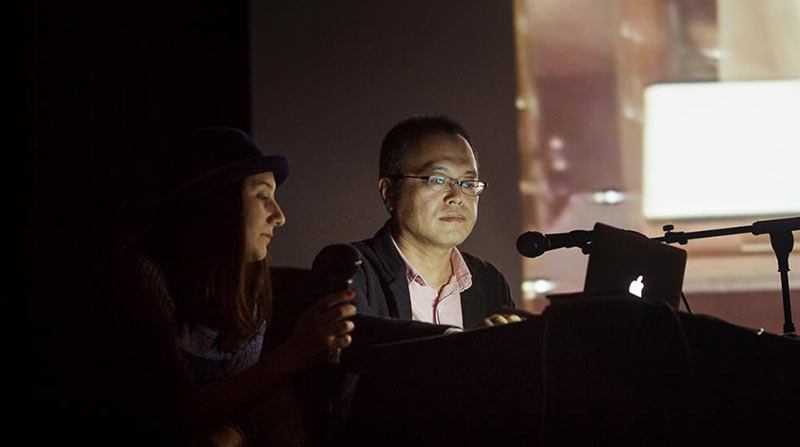
The special guests were a highlight. Japanese indie master Koji Yamamura gave a talk (he deserved a better translator) and showed a retrospective of his wonderful, weird, work. He said that even though a few of his more well-known shorts were funded and produced by studios like the National Film Board of Canada, he was having trouble finding a producer for his latest short film projects. If he can’t do it, where’s the hope for the rest of us?
Mark Shapiro from the Portland stop motion studio Laika gave a behind-the-scenes presentation, as did Albert Lozano, art director on Pixar’s Inside Out. These two events make for an interesting comparison: the Laika event attracted a respectable crowd in a large hall, but the Pixar event was packed in a huge cinema. Is this a reflection on the comparative popularity of stop motion and digital features — or maybe just an indication that Inside Out has been extremely popular? Albert Lozano’s talk was fascinating and insightful and the most interested I’ve ever been in hearing about character design in a big budget feature.
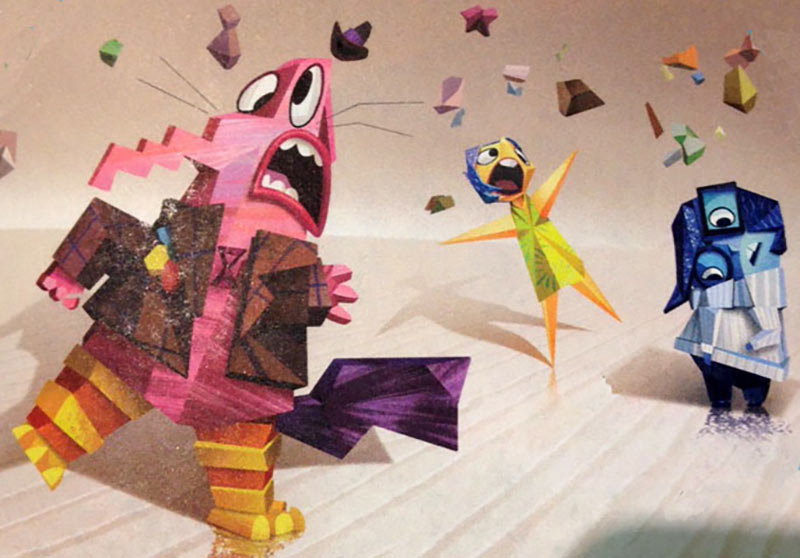
Especially interesting was to hear Lozano talk about the ‘abstraction’ sequence in Inside Out. He described how he deconstructed the shapes of the different characters from fully rendered 3D to blocky sculptures to flat shapes, and finally, to single lines. He explored physical materials for these stages, even creating paper sculptures that were digitally scanned for the animation. You could tell that this was a really special opportunity for him to get his hands dirty, and I think the results reflect his enthusiasm. It’s great to see 3D computer animation used in a way that does not try to replicate reality and here’s hoping that Pixar embraces this open-mindedness for their future projects.
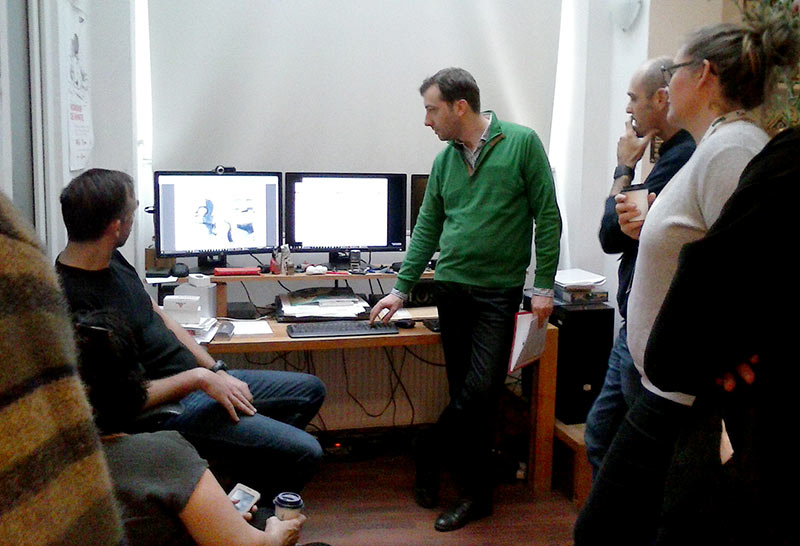
Also by chance I ended up tagging along on a visit to DSG, a local visual effects and animation studio. This is a small studio (about 13 people when fully staffed up) but responsible for the animation of the Romanian feature Crulic, direted by Anca Damian, which won the Cristal for feature film at the 2012 Annecy festival. They also did some of the animation for Ms. Damian’s recent film, Magic Mountain. Studio partner Dragos Stefan and animator Dan Panaitescu introduced us to their studio cats, their current projects, and we chatted about the state of the animation industry in Romania.
“There is no animation industry here,” Stefan told me. “There are small studios and also individuals trying to make projects happen, but the state of the education system is very bad. The state financing for animated movies is not well organized, since animation production is not well understood and the focus is on live-action movies. So for now, we’re talking about a ‘scene’ of small projects destined for festivals, at best.”
The lack of a strong animation industry though can often produce refreshingly rule-breaking independent shorts. The film Memento by Attila Bende in the Romanian competition stuck out to me as an example of such a film:
The festival had a good selection of films and lots of special programs including lectures, workshops, and thematic screenings. (I especially wish I’d caught the screening of Delta Space Mission, Romania’s first animated feature.) A fair amount of filmmakers attended, which is always the sign for me of a successful festival. If you’re lucky enough to have a film screening at Anim’est, I would definitely recommend making the trip.

.png)